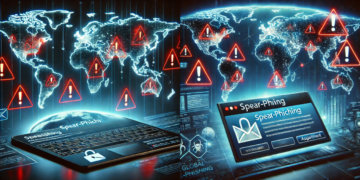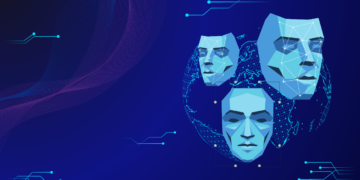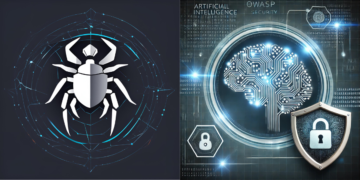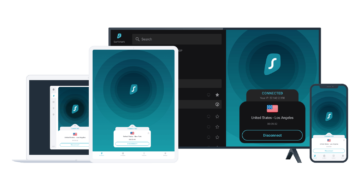Artificial Intelligence (AI) is revolutionizing industries across the globe, enhancing efficiency and streamlining processes. However, as AI advances, so do the threats it presents in the cybersecurity domain. Cybercriminals are increasingly leveraging AI to launch sophisticated attacks that are more effective, difficult to detect, and highly automated. This new wave of AI-driven cyber threats is reshaping the digital security landscape, posing significant risks to individuals, businesses, and governments alike.
How AI is Being Used by Cybercriminals
- Automated Phishing Attacks
Traditional phishing attacks often rely on generic messages to lure victims. AI-powered phishing campaigns, however, use machine learning to analyze social media activity, email conversations, and other data sources to craft highly personalized and convincing phishing emails. These attacks make it more challenging for users to distinguish between legitimate and fraudulent communications. - AI-Powered Malware
AI-driven malware is designed to adapt and evolve in real time, making it more resilient against traditional antivirus and threat detection systems. By learning from its environment, AI-based malware can alter its code, evade detection, and target specific vulnerabilities in an organization’s security infrastructure. - Deepfake Technology for Social Engineering
Deepfake technology, which utilizes AI to create hyper-realistic videos and audio clips, is being used to impersonate executives, political figures, and other trusted individuals. Cybercriminals exploit this technology for financial fraud, misinformation campaigns, and identity theft, making social engineering attacks more effective than ever. - Automated Hacking and Exploit Detection
AI enables hackers to scan networks and systems at unprecedented speeds, identifying weaknesses faster than traditional manual efforts. AI-driven tools can automatically exploit vulnerabilities in software or security configurations, allowing attackers to gain access to sensitive data with minimal effort. - AI-Generated Password Cracking
Traditional brute-force attacks rely on predefined algorithms to guess passwords. With AI, cybercriminals can analyze common password patterns, user behavior, and leaked credentials to accelerate password cracking, compromising accounts more efficiently than before.
The Challenges in Defending Against AI-Driven Cyber Threats
The rise of AI-powered cyber threats means that traditional security measures may no longer be sufficient. Cybersecurity experts must now develop and deploy AI-driven defense mechanisms to combat these advanced attacks. Some of the key challenges include:
- AI vs. AI Warfare: As organizations leverage AI for cybersecurity, cybercriminals are using AI to counter these defenses, creating an ongoing arms race in the digital world.
- Evasive Malware and Adaptive Threats: AI-powered malware continuously evolves, making detection and mitigation extremely difficult.
- Human-Machine Collaboration: Security teams must integrate AI-driven security tools while ensuring human oversight to prevent errors and biases in AI decision-making.
How Organizations Can Mitigate AI-Driven Cyber Threats
- Implement AI-Powered Security Solutions
Organizations should adopt AI-based cybersecurity tools that use machine learning to detect anomalies, identify threats, and respond in real-time. - Enhance Employee Awareness and Training
Employees should be educated on emerging AI-driven threats, such as deepfake scams and AI-powered phishing attacks, to reduce the likelihood of falling victim to them. - Adopt a Zero-Trust Security Model
The Zero-Trust approach ensures that no entity—whether inside or outside the network—is trusted by default. Continuous authentication and monitoring help mitigate the risk of AI-driven cyberattacks. - Regularly Update and Patch Systems
AI-driven attacks often exploit known vulnerabilities. Keeping systems, applications, and security software up to date is crucial in minimizing risks. - Monitor Dark Web and Threat Intelligence Sources
Organizations should proactively track AI-driven attack trends by monitoring dark web forums and leveraging threat intelligence platforms to stay ahead of cybercriminals.
Conclusion
The rise of AI-driven cyber threats signifies a paradigm shift in the cybersecurity landscape. While AI can be a powerful tool for defense, it is also being weaponized by malicious actors to create highly sophisticated attacks. Organizations must adopt AI-powered cybersecurity measures, stay vigilant against emerging threats, and continuously evolve their security strategies to counteract AI-driven cybercrime effectively. In this age of digital warfare, proactive defense is the key to staying ahead of the curve.
Are you prepared to combat AI-driven cyber threats? Stay informed, invest in AI-powered security, and remain one step ahead of cybercriminals.























